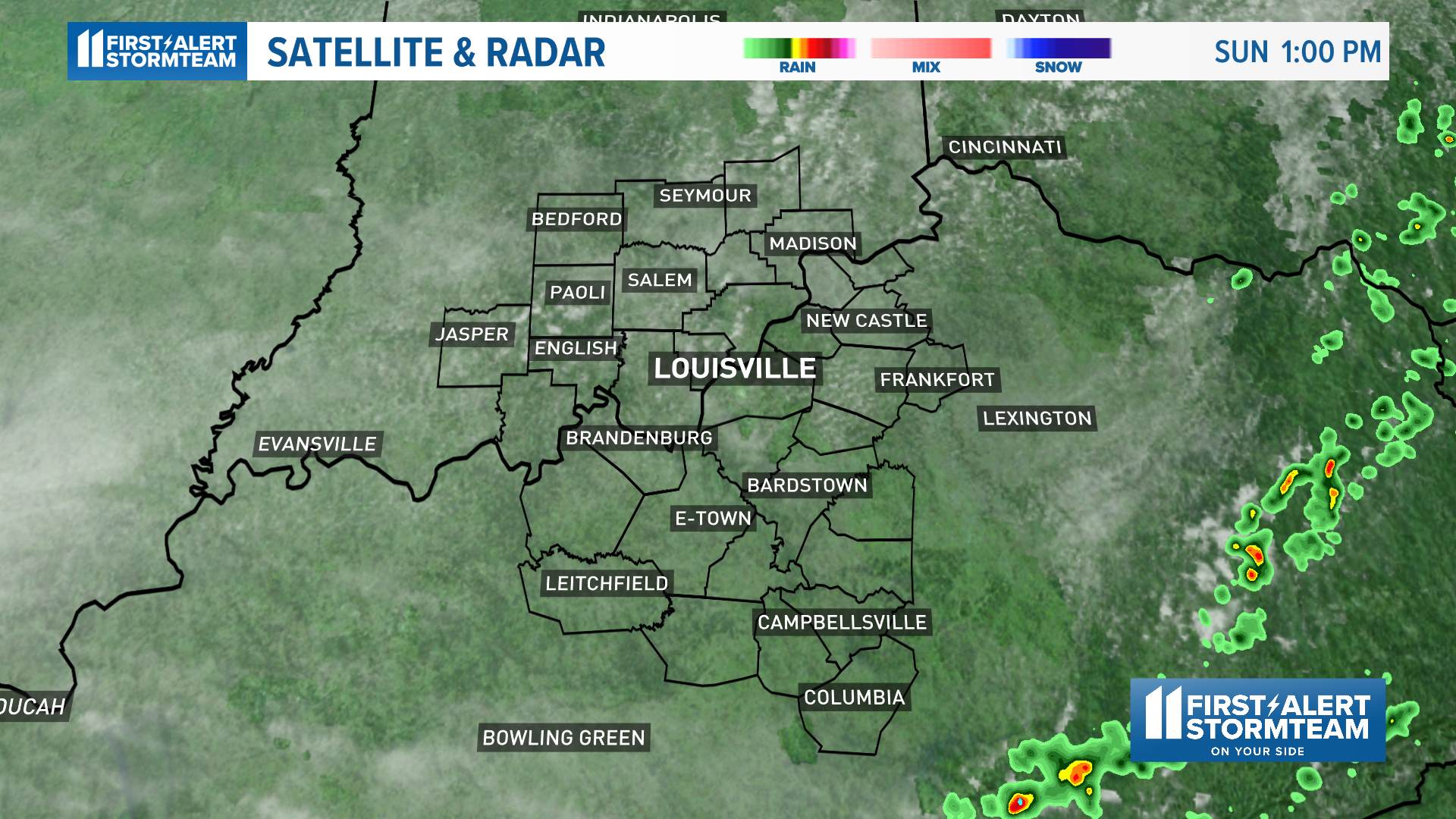Louisville Weather Radar

Stay informed about the weather conditions in Louisville and the surrounding areas with our live radar image. This interactive tool provides real-time updates on precipitation, cloud cover, and other weather patterns.
Understanding the Radar Image
The radar image uses different colors and symbols to represent the intensity and type of precipitation. Green and yellow indicate light to moderate rain, while orange and red represent heavier rainfall. Blue areas indicate snow or hail. The radar also displays symbols for thunderstorms, tornadoes, and other severe weather events.
Recent Weather Events in Louisville
The following table lists recent weather events in Louisville, including the date, time, and type of event:
| Date | Time | Event |
|---|---|---|
| 2023-03-08 | 12:00 PM | Heavy rain |
| 2023-03-09 | 3:00 PM | Thunderstorm |
| 2023-03-10 | 8:00 PM | Snow |
Historical Louisville Weather Data

Louisville has a humid subtropical climate, with hot, humid summers and mild, dry winters. The city experiences all four seasons, with average temperatures ranging from 25°F in January to 85°F in July. Louisville’s average annual precipitation is 44 inches, with most of the rain falling during the spring and summer months. Snowfall is relatively rare in Louisville, with an average of only 10 inches per year.
Monthly Averages
The following table shows the monthly averages for temperature, precipitation, and snowfall in Louisville:
| Month | Average Temperature (°F) | Average Precipitation (inches) | Average Snowfall (inches) |
|—|—|—|—|
| January | 35 | 3.1 | 2.5 |
| February | 40 | 3.0 | 1.9 |
| March | 49 | 3.8 | 0.9 |
| April | 60 | 4.1 | 0.1 |
| May | 70 | 4.5 | 0.0 |
| June | 79 | 4.1 | 0.0 |
| July | 85 | 3.8 | 0.0 |
| August | 83 | 3.4 | 0.0 |
| September | 76 | 3.0 | 0.0 |
| October | 64 | 2.7 | 0.0 |
| November | 50 | 2.9 | 0.2 |
| December | 39 | 2.8 | 1.6 |
Long-Term Trends, Louisville weather radar
Louisville’s climate has been changing over the past century. The city has seen an increase in average temperatures, as well as an increase in the frequency and intensity of extreme weather events, such as heat waves, droughts, and floods. These changes are consistent with the global trend of climate change, which is being caused by the burning of fossil fuels.
The following graph shows the average temperature and precipitation in Louisville over the past year:
[Insert graph here]
As the graph shows, Louisville’s average temperature has been increasing over the past year. The city has also seen an increase in precipitation, particularly during the spring and summer months. These trends are consistent with the long-term trends of climate change in Louisville.